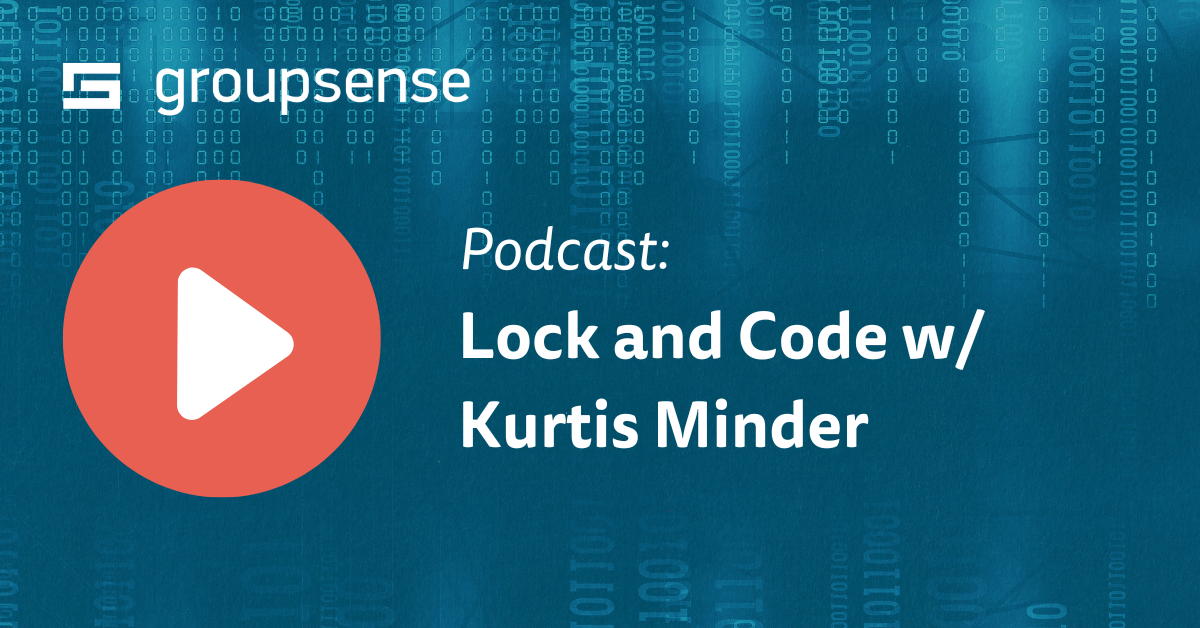If you work in the cybersecurity field, you’ve seen an explosion of EDR (endpoint detection and response) tools in the last few years. There are EDR, MDR (managed detection and response), and XDR, (extended detection and response) tools everywhere, covering cyber threats in your network. That market expansion won’t be slowing down anytime soon— the global market size is expected to grow from $2.6 billion this year to $5.6 billion by 2027.
Post-pandemic, enterprises and SMBs alike are challenged to protect not just their corporate infrastructure, but also their new remote endpoints in their employees’ new work environments, one small part of the external attack surface. A report from Adaptiva and the Ponemon Institute found that the average enterprise manages over 134,000 endpoints. Of the organizations surveyed, Ponemon found that 48% of endpoint devices are a security risk because they are no longer detected by the IT department. It’s clear to any security professional that endpoints are a serious risk to their organization and should be monitored accordingly.
Though detection and response tools are valuable, they can fall short of total protection if not combined with other cybersecurity measures. Let’s review the different tools and their benefits.
Endpoint Detection & Response
Our partners at Trellix, a leading endpoint detection and response company, describe EDR as a continuous monitoring tool that gathers data to provide the visibility and context needed to detect and respond to threats. EDR’s narrow focus does not account for external threats.
EDR tools can help to relieve stress on your analysts and reduce the mean time to respond to cybersecurity threats inside your network. EDR tools are bought and used by organizations for their in-house security teams.
Managed Detection & Response
A step up from EDR, MDR solutions are best for organizations looking to outsource their detection and response capabilities. If your organization doesn’t have the resources to manage a security operations center, MDR provides 24/7 managed detection and response. MDR also focuses on threat hunting and analysis. Benefits of MDR include expert analysis without full-time headcount expenditure, improved threat response, increased flexibility for your security team, and more, allowing integration into the intelligence cycle.
Extended Detection & Response
XDR combines EDR and MDR while extending across multiple threat vectors. Instead of focusing solely on endpoints, XDR also takes your broader network, cloud applications, and other third-party security tools into account.
What’s Missing?
While EDR, MDR, and XDR do a great job of protecting what’s inside your network, they miss a big piece of the cybersecurity puzzle: external threats. According to the 2022 Verizon Data Breach Incident Report, 80% of data breaches are caused by external threat actors, while internal threats account for just 18% Leaving out 80% of the threats to your organization leaves too much room for threat actors.
The best way to protect your organization and manage digital risk is to use EDR, MDR, or XDR alongside a more holistic digital risk protection (DRP) solution that guards your organization against external threats. DRP solutions apply the same discipline and objective, but extend to the internet, cybercrime underground, social media, and the deep and dark web. Combined, XDR and DRP can give your organization protection from all directions.
GroupSense’s DRPS combines automated and human analysis to make intelligence more relevant to your organization. We partner with Trellix to provide endpoint detection and response capabilities to our clients, protecting them from all types of threat vectors. Learn more about DRPS and start protecting your organization today.






